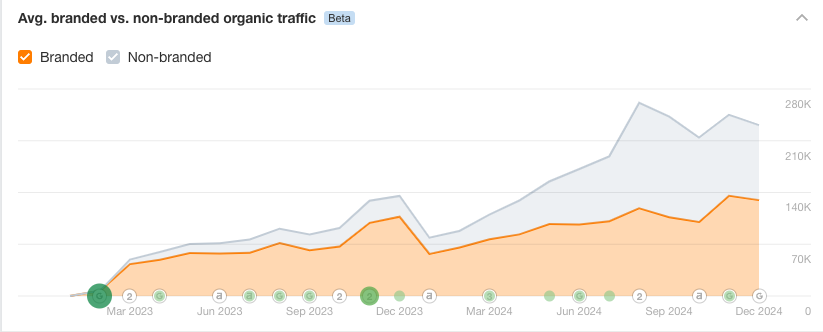Have you come across the term “growth marketing” and wondered what exactly it meant? You’re not alone. There is quite a bit of confusion in the marketing world about the term growth marketing and what it really entails.
We’re here to help clear up some of that confusion.
Consider this your growth marketing primer. Below is a…














